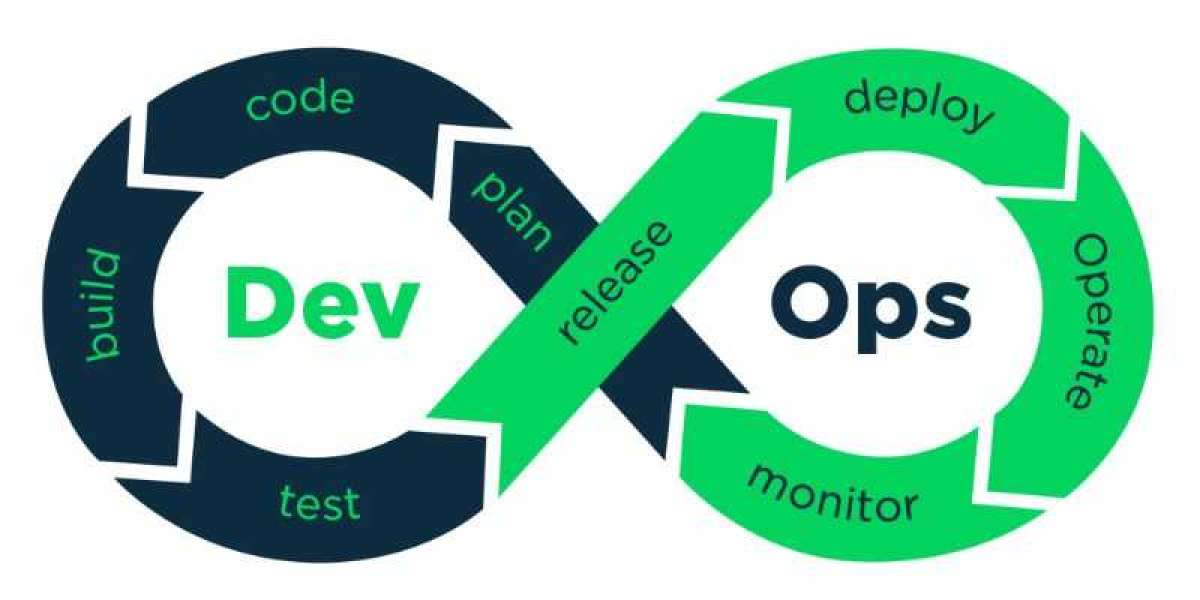Discover how AI-powered diagnostic software such as NeuroMatch is revolutionizing EEG analysis, providing faster, more accurate, and comprehensive results to transform patient care.
A vision to dream of is a future where diagnosing intricate neurological disorders is quicker, more precise, and easier. Thanks to advancements in artificial intelligence (AI), this futuristic concept is gradually becoming a reality. NeuroMatch is a prime example of an innovative diagnostic software platform powered by AI, bringing a new level of disruption to the field of EEG.
If you have any interest in the healthcare field or are simply fascinated by the future of diagnostic procedures, the utilization of AI in EEG analysis will prove insightful.
The Traditional Challenges of EEG Analysis
Electroencephalograms (EEGs) have long been a cornerstone in diagnosing and monitoring neurological disorders. However, traditional methods of EEG analysis come with significant challenges. From the time-consuming nature of manual interpretation to the shortage of specialized neurologists, these hurdles can impede timely and accurate diagnosis, ultimately affecting patient care. Understanding these challenges is crucial to appreciating the revolutionary impact of AI-powered diagnostic software.
Understanding EEGs
Electroencephalograms (EEGs) record electrical activity in the brain and are vital for diagnosing conditions such as epilepsy, sleep disorders, and brain injuries. The traditional analysis involves visual inspection by neurologists, who look for abnormalities in wave patterns.
Time-Consuming Process
This manual interpretation is time-consuming and subject to human error and variability. The complexity and volume of EEG signals often make accurate and timely diagnosis challenging.
Shortage of Specialists
Interpreting EEGs requires specialized training and experience. The global shortage of neurologists, especially in underserved regions, leads to delays in diagnosis and treatment, prolonging patient suffering and sometimes worsening conditions.
AI-Powered Diagnostic Software
Speed and Efficiency
AI algorithms process large volumes of EEG data rapidly, allowing for quicker diagnosis and intervention. This speed is crucial in emergency settings where every second counts.
Consistency and Accuracy
AI software eliminates human error and variability. It continuously learns from vast datasets, identifying patterns and abnormalities with high precision, ensuring consistent and accurate diagnoses.
Comprehensive Analysis
AI-powered software can detect subtle changes and patterns in EEG data that might be missed by human eyes. This leads to more comprehensive and detailed assessments.
Accessibility
AI software makes high-quality EEG analysis accessible to non-specialists, extending advanced diagnostic tools to remote and underserved areas where they are most needed.
How AI-Powered Diagnostic Software Works
Data Collection and Preprocessing
The process begins with collecting and preprocessing large amounts of EEG data from healthy individuals and patients with known neurological conditions. This involves cleaning the data and transforming it into a suitable format for analysis.
Training the Algorithms
Machine learning algorithms are trained on the preprocessed data to recognize patterns associated with various neurological conditions. This training adjusts the algorithm’s parameters to minimize errors and improve accuracy.
Validation and Testing
After training, the algorithms are validated and tested on new, unseen data to ensure they can accurately diagnose conditions in real-world scenarios.
Deployment and Continuous Learning
Once validated, the AI software is deployed in clinical settings. These algorithms continue to learn and improve over time by incorporating new data, making them increasingly accurate and reliable.
The Impact on Patient Care
Faster Diagnoses
AI-powered software enables faster and more accurate diagnoses, allowing for timely intervention and treatment. Patients benefit from reduced waiting times and more precise diagnoses, leading to better outcomes and improved quality of life.
Improved Management of Epilepsy
For epilepsy, timely and accurate diagnosis is crucial for effective management. AI software quickly identifies seizure patterns in EEG data, enabling neurologists to prescribe appropriate treatments sooner.
Enhanced Sleep Disorder Diagnosis
For patients with sleep disorders, AI helps pinpoint specific issues, facilitating targeted therapies that improve sleep quality and overall health.
Challenges and Future Directions
Ethical Considerations
Ensuring the ethical use of AI in healthcare involves addressing data privacy, informed consent, and algorithmic transparency. These are critical issues that need to be managed carefully.
Integration into Clinical Workflows
Integrating AI tools into existing clinical workflows requires careful planning and collaboration between technology developers and healthcare providers to ensure smooth and effective implementation.
Future Possibilities
The future of AI in EEG analysis holds exciting possibilities. Advances in AI algorithms, growing datasets, and improved computing power promise even greater accuracy and efficiency. Integrating AI with other diagnostic modalities, such as imaging and genetic testing, could lead to a more holistic approach to neurological care.
Conclusion
AI-powered diagnostic software is revolutionizing EEG analysis by offering a faster, more accurate, and comprehensive approach to diagnosing neurological conditions. By addressing the limitations of traditional analysis, this technology is transforming patient care and making advanced diagnostic tools accessible to a broader population. As AI continues to evolve, its impact on neurology and healthcare is set to grow, heralding a new era of precision medicine and improved patient outcomes with tools like NeuroMatch, the future seems bright.








